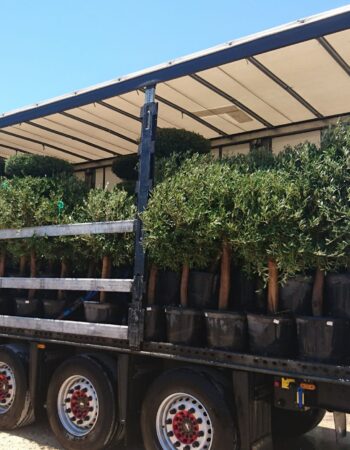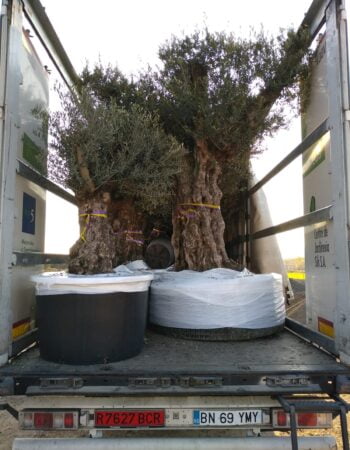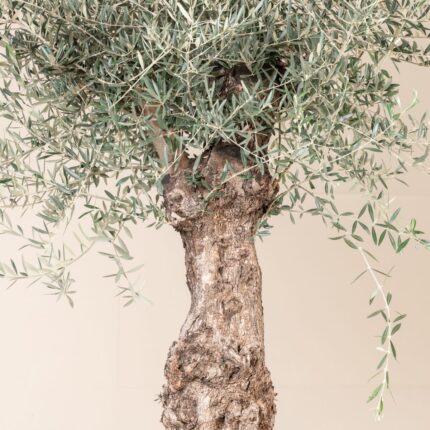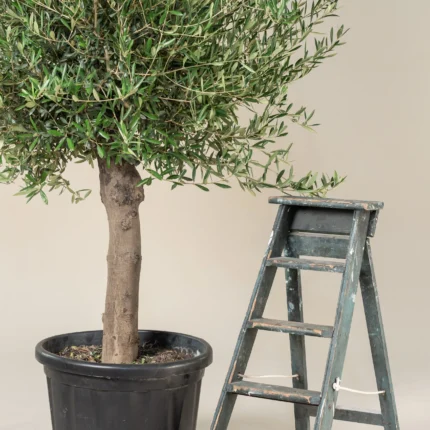Prunus Pisardii
Prunus Pisardii, commonly known as the Purple Leaf Plum, is a small to medium-sized deciduous tree or large shrub, highly valued for its striking purple foliage and beautiful springtime blossoms. Native to Western Asia, this ornamental tree features deep purple to reddish-brown leaves that maintain their vibrant color throughout the growing season, adding a dramatic splash of color to gardens and landscapes. In early spring, before the leaves fully emerge, the tree is adorned with a profusion of small, delicate, pale pink to white flowers, which are often followed by small, dark red to purple fruits. Though the fruits are edible, they are typically more appreciated by wildlife than by humans.
- Botanical Name: Prunus cerasifera ‘Atropurpurea’ (Prunus Pisardii)
- Common Names: Purple Leaf Plum, Cherry Plum, Pissard Plum
- Mature Height: 15-25 feet (4.5-7.6 meters)
- Mature Spread: 15-20 feet (4.5-6 meters)
- Growth Rate: Moderate
- Light Requirements: Full sun to partial shade
- Soil Requirements: Well-draining, fertile soil; tolerates a wide range of soil types, including loam, clay, and sandy soils
- Water Needs: Moderate; prefers consistent moisture but can tolerate some drought once established
- Foliage: Deciduous, deep purple to reddish leaves
- Flowers: Small, fragrant, pale pink to white blossoms, blooming in early spring
- Fruit: Small, round, reddish-purple plums, edible but often overlooked for their ornamental value
Uses:
- Ornamental: The Purple Leaf Plum is primarily grown for its striking foliage and beautiful spring blossoms, making it an excellent choice for ornamental gardens, borders, or as a specimen tree.
- Small Gardens: Its compact size makes it ideal for smaller gardens, urban landscapes, and courtyard plantings.
- Edible Landscaping: While grown mainly for ornamental purposes, the tree produces small, edible plums that can be used in jams, jellies, or eaten fresh.
- Pollinator Attraction: The fragrant flowers attract bees and other pollinators, supporting local biodiversity.
Benefits:
- Aesthetic Appeal: The deep purple foliage and early spring blossoms provide year-round color and visual interest, making it a focal point in any garden.
- Wildlife Attraction: The flowers attract pollinators, while the small fruits can be a food source for birds and other wildlife.
- Low Maintenance: The tree is relatively low-maintenance once established, with moderate water needs and general pest resistance.
- Versatility: Suitable for a variety of landscape applications, including ornamental gardens, borders, and small spaces.
- Seasonal Interest: Offers multi-seasonal interest with its spring blossoms, summer foliage, and occasional fall fruit.
Prunus Pisardii, or the Purple Leaf Plum, is a stunning ornamental tree that combines beauty with practicality, making it a popular choice for gardeners looking to add color and elegance to their landscape.
Debes acceder para publicar una valoración.


CAREFUL TREE TRANSPORTATION
At Treezom, we take great care in transporting your trees to ensure they arrive in perfect condition. Our expert team uses various methods, depending on the size and volume of the order, to provide safe and efficient delivery. Whether you're ordering a single tree or a bulk order, we guarantee high standards of handling and care throughout the process.
MULTIPLE SHIPPING METHODS
- Truck Delivery: Ideal for local or regional deliveries, ensuring a smooth and timely shipment of your trees directly to your location.
- Sea Containers (20’ or 40’): Perfect for larger orders or international shipping. Our sea containers are equipped to handle bulk shipments with optimal protection.
- Other Customized Solutions: Depending on the size and nature of your order, we can offer tailored shipping methods to meet your specific needs.
No matter the shipping method, we use specialized packaging and handling procedures to protect the trees during transit, ensuring they arrive healthy and ready for planting.
Below, you’ll find key tips tailored to this species’ requirements. Whether you’re new to plant care or have plenty of experience, these guidelines are here to support you in keeping your green companion healthy and vibrant.
- Planting:
- Select a sunny location with well-draining soil.
- Plant in a hole twice the width of the root ball and equal in depth.
- Water thoroughly after planting and mulch around the base to retain moisture and regulate soil temperature.
- Watering:
- Water regularly during the first few years to establish deep roots.
- Once established, the tree prefers consistent moisture but can tolerate occasional drought.
- Deep watering is recommended, especially during dry periods.
- Pruning:
- Prune in late winter or early spring to remove dead or diseased wood and to shape the tree.
- Thin out crowded branches to promote air circulation and prevent disease.
- Avoid heavy pruning, as it can reduce the number of blossoms in the spring.
- Fertilizing:
- Apply a balanced, slow-release fertilizer in early spring.
- Additional feeding may be required during the growing season, particularly in poor soils.
- Follow the manufacturer's instructions for application rates.
- Pest and Disease Control:
- Monitor for common pests such as aphids, Japanese beetles, and scale insects.
- Use appropriate treatments, including insecticidal soaps or horticultural oils, to manage infestations.
- Ensure good air circulation to prevent fungal diseases like leaf spot and powdery mildew.
*This information is provided for informational purposes only. For more detailed care, please consult a professional Gardener or Arborist.


 SINGLE TREE
SINGLE TREE OUTDOOR POTS
OUTDOOR POTS












 Single Tree
Single Tree
Valoraciones
No hay valoraciones aún.